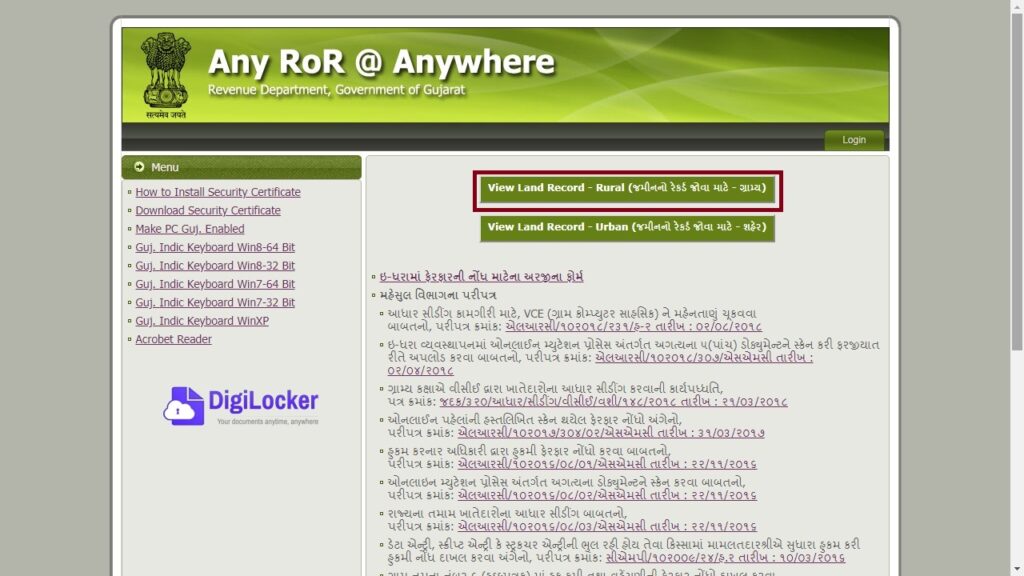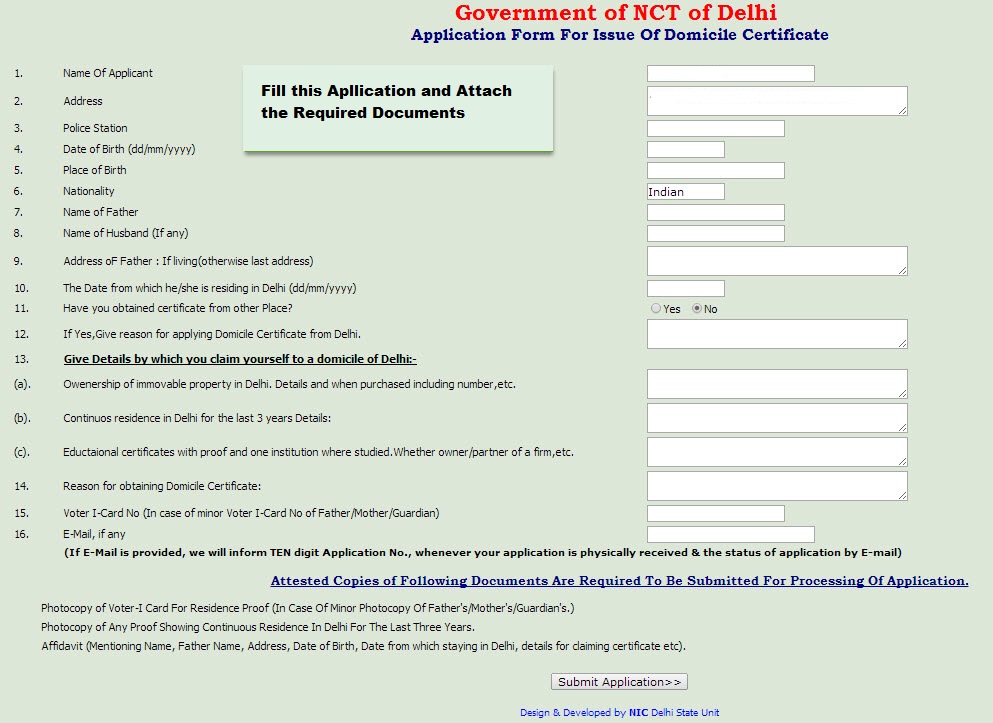Non-Creamy Layer Certificate
The Non-Creamy Layer (NCL) certificate, also referred to as the Other Backwards Class (OBC) certificate, is granted to individuals who meet specific eligibility criteria. It was introduced by former Prime Minister V. P. Singh in 1993. Holders of the OBC certificate are eligible for reservation benefits and specific allocations in prestigious universities as well as public and private sector jobs. What is a Non Creamy Layer Certificate? In India’s affirmative action system, certain government jobs, educational institutions, and scholarship programs offer reservation benefits for Other Backward Classes (OBC) communities. But to be eligible for these advantages, an individual from an OBC background must obtain a Non-Creamy Layer Certificate (NCL). The ‘creamy layer’ refers to OBC individuals or families whose economic situation is considered relatively well-off. The NCL certificate essentially verifies that the applicant belongs to an OBC community and comes from a family with a total annual income below a specific threshold, typically set at ₹ 8 lakh (subject to change). Eligibility for Non-Creamy Layer Certificate Citizenship: You must be a citizen of India. Income Criteria: Your parents’ annual income should be below Rs.8 lakhs. This places you in the non-creamy layer of the Other Backwards Class (OBC) category. Parent’s Employment: Either of your parents should be employed as a Group C or Group D Central Government employee. Spousal Consideration: If your husband is a Central Government employee and your parents do not have a stable source of income, you may still be eligible to apply for an NCL certificate. Who is not eligible for the Non-Creamy Layer Certificate If you belong to the Other Backwards Class (OBC) category, you will not be eligible to apply for a Non-Creamy Layer (NCL) certificate if any of the following conditions apply to you: Caste Not Mentioned: If your caste is not included in the Central Government’s list of OBC, even if it falls under Backward Class (BC) or Most Backward Class (MBC). Parent’s Employment: If either of your parents is employed in Group A services of the Central Government, such as IAS (Indian Administrative Service), IPS (Indian Police Service), or IFS (Indian Foreign Service). Income Exceeds Rs.8 lakh: If your parent’s annual income exceeds Rs.8 lakh. Parent’s Employment Category: If your parents are employees of Group B in the Central Government or Group I in the State Government. Basic Requirements You must be a citizen of India. You must belong to an Other Backward Class (OBC NCL) community as recognized by the government. You must not fall under the creamy layer category, which is defined by income and other criteria. Income Criteria The current income ceiling for the creamy layer is ₹8 lakh per annum. This means if your parents’ combined gross annual income from all sources (including salary, agriculture, business, etc.) exceeds ₹8 lakh in the preceding three financial years, you are considered a creamy layer and not eligible for the Non-Creamy Layer Certificate. Some states might have slightly different income limits, so it’s important to check with your local authorities for the specific criteria in your area. Other Eligibility Criteria Employment: If your parents hold certain positions in the government or public sector, it might affect your eligibility. For example, in some states, children of Group A and Group B Central Government officers are considered creamy layer regardless of income. Land Ownership: In some cases, ownership of substantial landholdings could also affect your eligibility. Previous NCL Certificate: If you have already held a Non-Creamy Layer Certificate in the past, its validity period (usually one year) and the reason for needing a new one might be factored in determining your eligibility. Exceptions on Applying for Non-Creamy Layer Certificate While the basic eligibility for a Non-Creamy Layer Certificate revolves around income and caste, there are some exceptions and situations where individuals might not be eligible even if they meet the basic criteria: Caste Categories Non-Central OBC Castes: Castes categorized as Backward Classes (BC) or Most Backward Classes (MBC) in some states might not be included in the Central Government’s OBC list. This means individuals belonging to such castes wouldn’t be eligible for a Non Creamy Layer Certificate, even if they meet other criteria. Parental Occupation & Income Group A Central Government Officers: Children of parents holding positions in Group A services like IAS, IPS, and IFS, regardless of income, are considered creamy layer and cannot apply for the Non-Creamy Layer Certificate. Group B & C Central Government/Group 1 State Government: In some states, children of parents employed in Group B or C of the Central Government or Group 1 of the State Government might also be considered a creamy layer, irrespective of income. Private Sector Professionals with High Income: If your parents are professionals like doctors, lawyers, engineers, or business owners in the private sector and their combined income exceeds ₹8 lakh per annum, you wouldn’t be eligible for the NCL Certificate. Other Exceptions Landholdings: In some states, owning a substantial amount of land could lead to ineligibility, even if income is below the limit. Previous NCL Certificate: If your previous Non-Creamy Layer Certificate was obtained through fraudulent means, you might be ineligible for a new one. Documents required for obtaining a Non-Creamy Layer Certificate Identity Proof (any one document from the following): Aadhaar Card PAN Card Passport Driving License Voter ID Card Address Proof (any one document from the following): Aadhaar Card Ration Card Passport Telephone Bill Electricity Bill Voter ID Card Property Tax Receipt Caste Proof of the Parent or Relative (if parents are not present) Proof of Caste before and after Marriage (if applicable) Proof of Name Change for Married Women (if applicable) Certificate from Muslim Societies (for Muslim applicants) Documents of Home State (if applicable for migration) Applicant’s Photograph How to Apply for a Non-Creamy Layer Certificate Offline Step 1: Obtain the application form from your nearby Tehsildar or Revenue office. Step 2: Fill in the application form accurately with the required information. Step 3: If you have migrated, provide the relevant documents related to your home state. Step 4: If the father is not available, submit a blood relative’s caste certificate. Step 5: Sign the self-attestation section, attach a passport-size photograph, and submit the form along with the necessary documents. Step 6: After
Non-Creamy Layer Certificate Read More »









